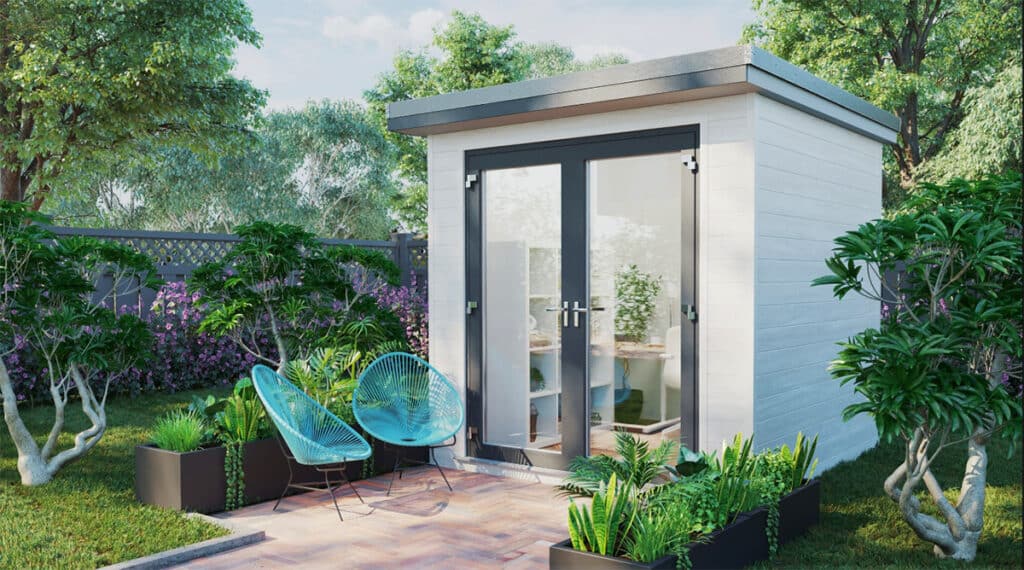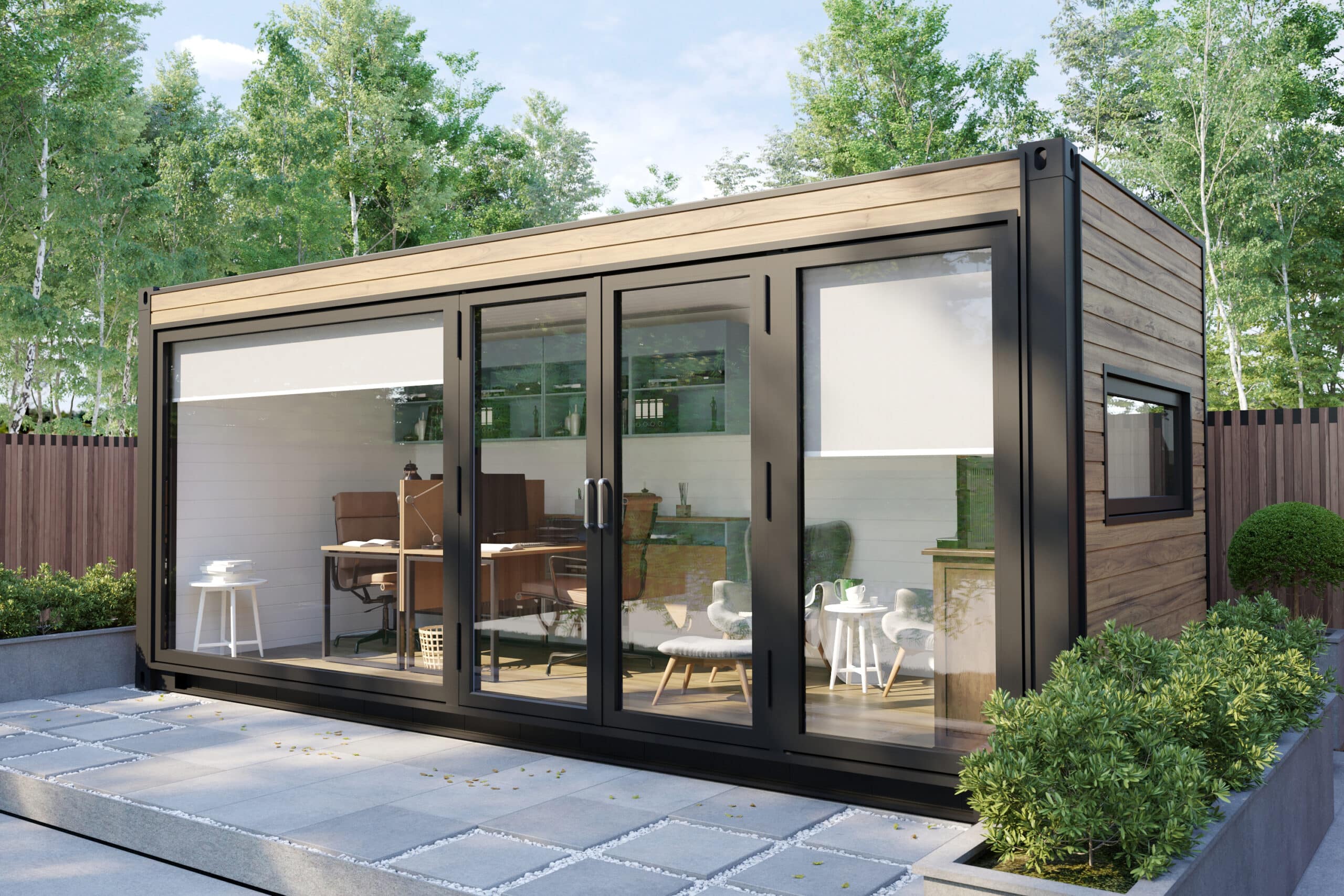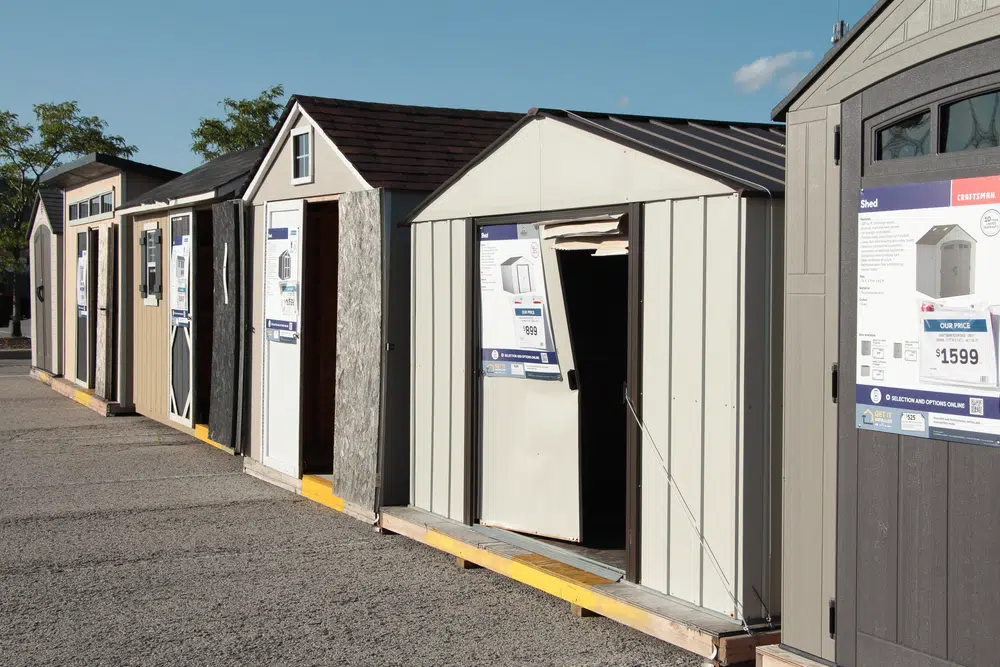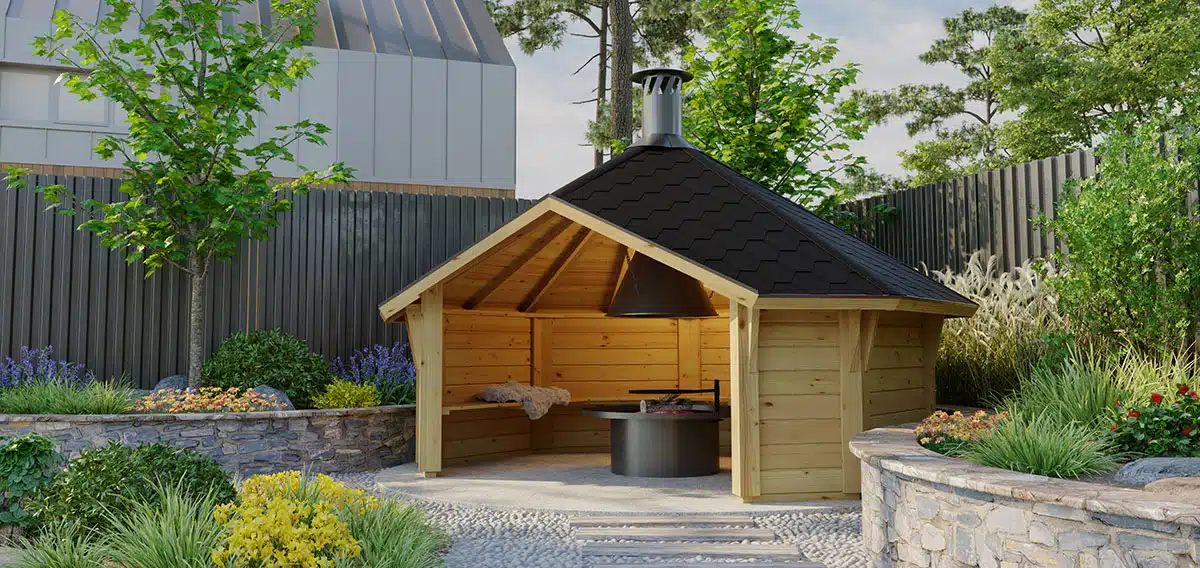Build Your Own Garden Office: A DIY Guide
19.02.2024

Building a garden office isn’t just about constructing a space; it’s about building a sanctuary for your work and creativity, a place where passion, not obligation, drives your day. Say hello to the garden office era, known as the best spot for those who want to run their own show. Here, you can work in a way that feels good, close to what’s important to you, while still keeping up with everything else in your life. Imagine having your creative nook in your backyard, where ideas flow as freely as the fresh air around you. Ready to embark on this journey? Our DIY guide is your go-to, covering everything from initial prep work, through the nitty-gritty of DIY steps, to understanding costs and navigating planning permissions. And if things get tricky, we’ll tell you when it’s time to get some help from the pros. Let’s make your perfect garden office, with a bit of do-it-yourself attitude and a modern vibe.
Preparation Before Starting
Assessing Your Needs:
Before embarking on your garden office project, consider your space requirements, the nature of your work, and any specific needs like storage or meeting areas. As you know your work better than any other assisting you, there’s a reason why this step is first because all further steps follow them.
Choosing the Location:
For an optimal garden office setup, pinpoint a location within your garden that benefits from abundant natural light, ideally by choosing a spot that faces east or where the sun rises, to maximize morning light exposure. Positioning your office close to a boundary wall can not only enhance privacy but also provide additional insulation.
While it’s wise to avoid areas directly beneath trees to simplify the installation process and prevent any potential damage from falling branches, incorporating plants and shrubs around the perimeter afterward can offer natural privacy screens. Additionally, ensure the chosen site is within a suitable range of your home to maintain a strong Wi-Fi connection and consider the view from your future office, as a tranquil or pleasing outlook can significantly boost productivity and well-being.
Understanding the Costs:

The investment required for a garden office spans a broad spectrum, with costs ranging from £5,000 for a straightforward, self-constructed setup to upwards of £30,000 for custom-designed solutions. It’s important to consider the longevity and quality of your garden office. Initially, more affordable options may appear economical, yet the long-term expenses often increase due to regular maintenance needs and inflation.
Prefabricated garden offices present a practical alternative, requiring minimal DIY skills and significantly reducing setup time and effort. Prices for prefabricated garden offices start at £2,500, extending to £7,000, providing a cost-effective route without compromising quality. For those with a creative flair and a clear vision, our selection of small wooden cabins, ideal for garden offices, offers an excellent opportunity to craft a bespoke workspace tailored to your specific requirements.
DIY Steps and Materials Needed

Designing Your Office:
When designing your garden office, especially if you’re tackling the project yourself, there are several critical factors you’ll need to consider to ensure the space meets your needs and preferences. Here’s a detailed breakdown of what to keep in mind:
Space Utilisation
Size Matters: Think about how much room you’ll need. This includes not just the space for a desk and chair but also storage, any additional furniture, and room to move around comfortably. The size of your garden office will directly impact its functionality and your ability to work effectively within
Layout: Plan the layout carefully. Where will your desk go? How will you organize storage? Consider the flow of the space and how you will interact with it daily. A well-thought-out layout can significantly enhance productivity and comfort.
Lighting
Natural Light: Maximise natural light as much as possible. Position windows to capture the best light during your working hours but be mindful of glare on computer screens. Natural light not only saves on energy costs but also boosts mood and productivity.
Artificial Lighting: Choose energy-efficient LED lights for their longevity and lower operating cost. Include task lighting, such as a desk lamp, to reduce eye strain during close work.Choose energy-efficient LED lights for their longevity and lower operating cost. Include task lighting, such as a desk lamp, to reduce eye strain during close work.
Functionality
Power Supply: Ensure you have enough electrical outlets for your computer, printer, and any other devices you use regularly. Consider the placement of these outlets for ease of access and to avoid trailing cables.
Internet Connectivity: Your garden office will need a strong Wi-Fi signal or a wired internet connection. Plan how you’ll extend your home’s internet to the office. Options include Wi-Fi extenders, powerline adapters, or running an ethernet cable.
Insulation and Heating: Proper insulation is crucial for making your garden office comfortable year-round. Additionally, consider heating options like electric radiators or underfloor heating for colder months.
Ventilation: Good air quality is essential for comfort and health. Include operable windows or a ventilation system to ensure fresh air circulation.
Security: Consider security measures for your office, especially if you’ll be keeping expensive equipment or sensitive documents there. Options include locks, security cameras, or an alarm system.It cab even extended from your home security system.
Log Cabins as Garden Offices
Log cabins are a popular choice for garden offices due to their aesthetic appeal and insulation properties. They come in various sizes and can be customized to suit your needs. Ensure the cabin is properly insulated and weatherproofed for year-round use. Explore the garden log cabin collection.
Transforming an Old Garden Room
An existing garden room or shed can be transformed into an office with some modifications. Insulation, waterproofing, and a stable power supply are key upgrades needed to make the space comfortable and functional for work. It also requires a deep cleaning before you start converting it for a new purpose, to make sure the next maintenance period is not close.
Planning Permission
In many cases, garden offices fall under ‘permitted development’ and don’t require planning permission. However, there are exceptions, especially if your office will be larger than a certain size or if you live in a listed building. Always check with your local planning authority before proceeding. However, certain prefabricated garden rooms do not require any planning permission based on their size and is readily available in the market.
Base Preparation
A solid, level base is crucial for the stability of your garden office. While it’s possible to prepare the base yourself, using concrete or a timber frame, you may need guidance from a professional to ensure it’s done correctly. Check out the popular base for garden buildings to enhance your knowledge of this.
When to Seek Professional Help

While DIY enthusiasts can undertake much of the work, certain tasks require professional help. These include electrical work, plumbing, and any structural modifications. If your project is complex or you’re unsure about any aspect, consulting with an architect or builder is advisable.
- Structural Modifications: If your home office project involves structural changes, it’s essential to engage a contractor to ensure the integrity and safety of the modifications.
- Electrical and Plumbing Concerns: Upgrading electrical circuits or adding plumbing for a home office kitchenette or bathroom requires professional expertise.
- Eco-friendly Materials and Practices: Environmental consultants can recommend sustainable building materials and practices.
- Energy Efficiency Consultation: Professionals can advise on energy-efficient lighting, appliances, and HVAC systems to reduce your carbon footprint and save on utility bills.
- Financing Your Home Office Project: Financial advisors can guide the best ways to finance your home office build, from savings to home equity loans.
Conclusion
Creating a garden office is a rewarding project that can significantly enhance your work-from-home experience. While the process requires careful planning and consideration, the result is a personalized space that boosts productivity and peace of mind. Whether you opt for a DIY approach or professional installation, your garden office will be an invaluable addition to your home and lifestyle.
Remember, every garden office project is unique, and while this guide covers the essentials, your specific situation may require additional considerations. Always prioritize safety, legal compliance, and quality to ensure your garden office serves you well for years to come.
Consult (02038070369) our in-house experts for any of your DIY questions and guidance.
Categories:
GuidesWant to discuss over phone. Let us call back to you
If you need any additional info regarding any product, please fill in the below form and we will get back to you, usually the same or next working day.
Have any questions regarding some product?
If you need any additional info regarding any product, please send us your questions.



